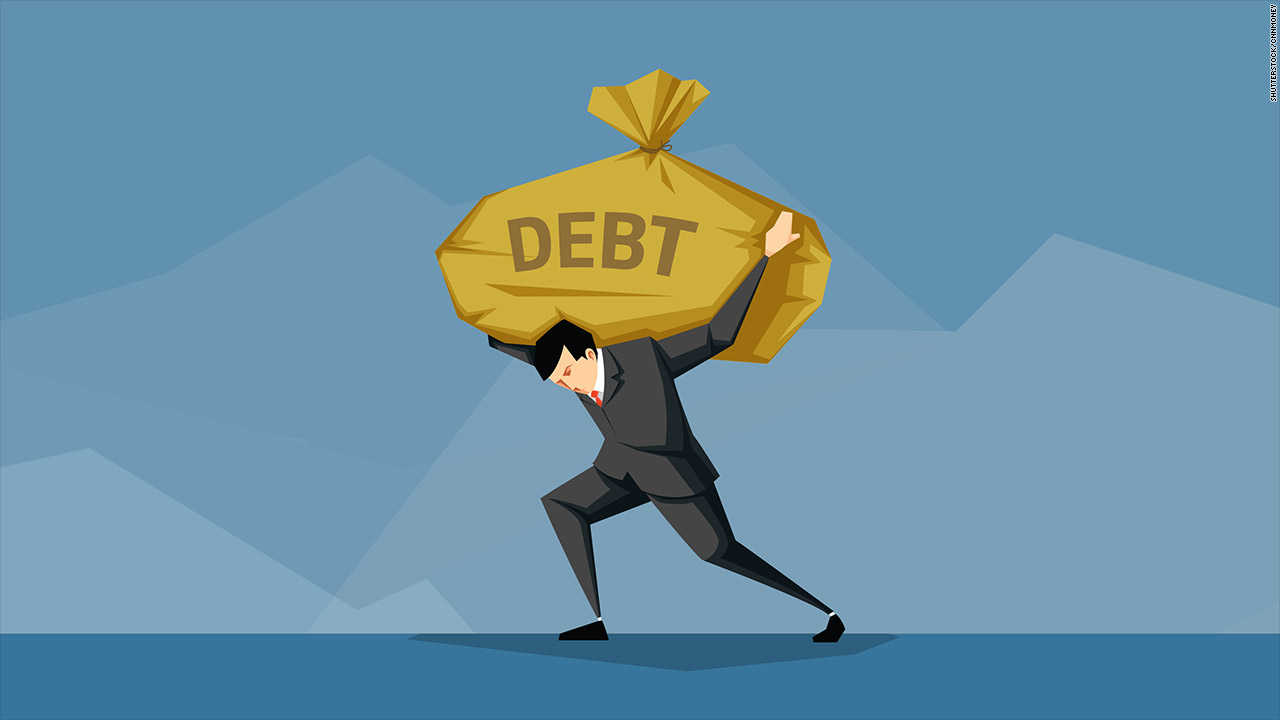Debt restructuring is a process used by companies to avoid default on existing debt or to take advantage of a lower interest rate. The process is carried out by reducing the interest rates on the loans and/or extending the date when the company’s liabilities are due to be paid in order to improve the firm’s chances of paying back its loan. Creditors are made to understand that restructuring a company’s debt is in their best interest if they would receive less in a bankruptcy and liquidation event than what they would receive under a debt restructured package. Restructuring debt, therefore, could be a win-win for both entities as the business avoids bankruptcy and the lender gets something better than a bankruptcy court would give it.
In addition to the reduction of the total loan amount owed or an extension of the period of repayment, a debt restructure could also include a debt-for-equity swap. This occurs when creditors agree to cancel a portion or all of the outstanding debt in exchange for equity in the company. The swap is usually a preferred option when the debt and assets in the company are very large, and forcing it into bankruptcy will not be ideal. In these instances, the creditors would rather take control of the distressed companies as a going concern.
A company seeking to restructure its debt may also renegotiate with its bondholders to take a haircut. This typically means that a portion of the outstanding interest payments will be written off and/or a portion of the principal will not be repaid.
To protect itself from a situation where interest payments cannot be made, a company will often issue callable bonds. A bond with a callable feature can be redeemed early by the issuer, especially in times of decreasing interest rates. This allows the issuer to readily restructure debt in the future as the existing debt can be replaced with new debt at a lower interest rate.
Individuals facing insolvency can renegotiate terms with creditors and tax authorities. For example, an individual who is unable to keep making payments on a $250,000(¥27,500,000) subprime mortgage may agree with the lending institution to reduce the mortgage to 75%, or 75% x $250,000(¥27,500,000) = $187,500(¥20,625,000). In return, the lender will receive 40% of the proceeds of the house sale, whenever it is sold by the mortgagor.
Whether a company or individual in financial turmoil, debt restructuring provides a less expensive alternative to bankruptcy as it is a process through which an entity can receive debt forgiveness and debt rescheduling, thereby, avoiding foreclosure or assets liquidation.
If you have any questions about debt restructuring, please contact us here at Capri Financial Services.

